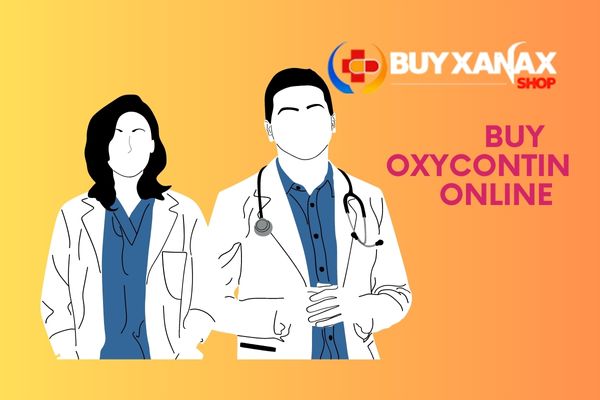OxyContin: Unveiling Effective Pain Relief
OxyContin is a powerful prescription medication used to manage severe and chronic pain. It belongs to the opioid class of pain relievers and is renowned for its ability to provide long-lasting pain relief to individuals facing substantial discomfort.
How OxyContin Works:
OxyContin contains oxycodone, a potent opioid analgesic. It employs a unique extended-release mechanism, releasing oxycodone gradually over time. This sustained release ensures consistent pain control for up to 12 hours, making it an invaluable option for individuals experiencing prolonged pain.
Medical Uses:
Chronic Pain Management: OxyContin is typically prescribed for individuals dealing with severe and long-term pain, such as cancer-related pain or pain resulting from chronic conditions.
Key Considerations:
Prescription Requirement: OxyContin is a controlled substance and is accessible only through a valid prescription issued by a licensed healthcare provider.
Dosage and Duration: The dosage and duration of OxyContin use are meticulously tailored to each patient’s specific needs. It should be taken exactly as prescribed to achieve optimal pain relief while minimizing side effects.
Potential Side Effects: Common side effects may include constipation, nausea, drowsiness, and dizziness. It’s essential to be aware of these potential side effects and work with a healthcare provider to manage them effectively.
Risk of Dependence: Prolonged or improper use of OxyContin can lead to physical and psychological dependence. It should be used precisely as directed by a healthcare professional.
Interactions: OxyContin can interact with other medications and substances, including alcohol. Patients should inform their healthcare providers about all medications they are taking.
Balancing Pain Relief and Safety:
OxyContin is an invaluable tool for individuals dealing with chronic pain, as it provides consistent relief. However, its use should be closely monitored by a healthcare professional to ensure both pain relief and safety, while minimizing the risk of misuse and dependence.
